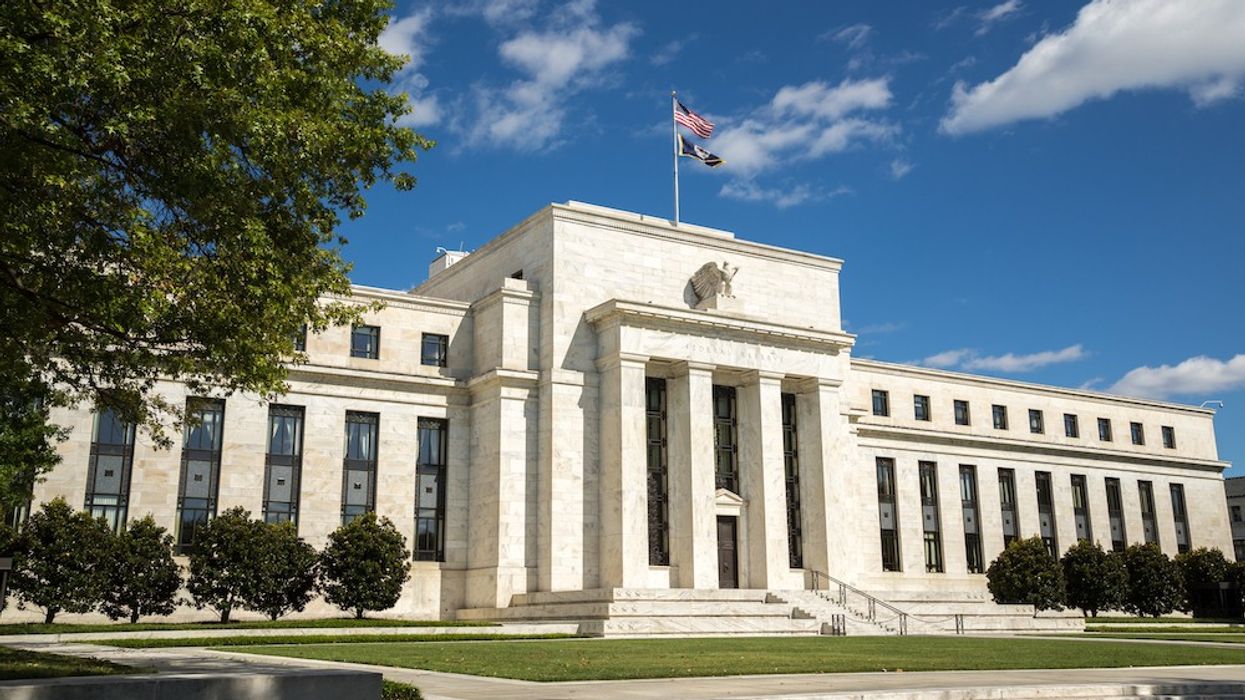The U.S. Federal Reserve -- the American counterpart of Canada’s central bank -- put in force its third consecutive 75-basis-point rate hike today, increasing its federal funds rate to a range of 3 - 3.25%.
The jumbo-sized increase was warranted by persistently high inflation which ran at a pace of 8.3% in August. While that clocked in slightly lower than 8.5% the previous month -- indicating stiffer monetary policy may be having its intended effect -- that’s the highest level recorded since the 80s, and puts the Fed in the position of having to front load rates in order to reign in growth.
“Recent indicators point to modest growth in spending and production. Job gains have been robust in recent months, and the unemployment rate has remained low,” states the release from the Federal Open Market Committee. “Inflation remains elevated, reflecting supply and demand imbalances related to the pandemic, higher food and energy prices, and broader price pressures.”
The Fed will also continue its quantitative tightening efforts, reducing its holdings of treasury securities, agency debt, and mortgage-backed securities from its balance sheet.
The FOMC also doubled down on the need to hike interest rates further, stating it “anticipates that ongoing increases in the target range will be appropriate,” and “is strongly committed to returning inflation to its 2% objective.” In an economic projection accompanying their statement, the FOMC calls for a rate range between 3.9 - 4.6% by year end and 3.9 - 4.9% by the end of 2023.
That’s the Fed has opted for another larger hike further seals expectations for the Bank of Canada to follow suit in its upcoming October rate announcement, as the two central banks tend to move in lockstep with their monetary policy.
READ: Sorry: Inflation Still Isn’t Low Enough to Prevent Rate Hikes
In an investor note published before the Fed’s announcement, Derek Holt, Vice President and Head of Capital Markets Economics at Scotiabank, says the lender’s call is for a 50-point hike next month, given Canada’s own softer August inflation reading of 7%.
However, he points out, “there is still a lot of ground to be covered” before then, including the Fed’s move, market developments, and other domestic and external data. Much will depend on yet another inflation print before the announcement; considerably softer CPI could further the case for a smaller hike.
“Today’s number is probably best positioned as just a marker on the highway toward the next decision in about five weeks time. There is less acute pressure on the BoC to hike by more than 50 at the next meeting than is facing the Fed tomorrow since the BoC already has a 75bps spread over the Fed into the FOMC,” he writes.
Further, if the BoC comes through on a pause signal at the October meeting it could a) be vulnerable to the implications of a Fed that’s likely not prepared to go there which could test the limits of BoC independence from the Fed, and b) could ease financial conditions relative to market pricing at a curious time that could raise doubts about the BoC’s commitment to fighting inflation to the end after it blew it throughout 2021 and early 2022.”





















